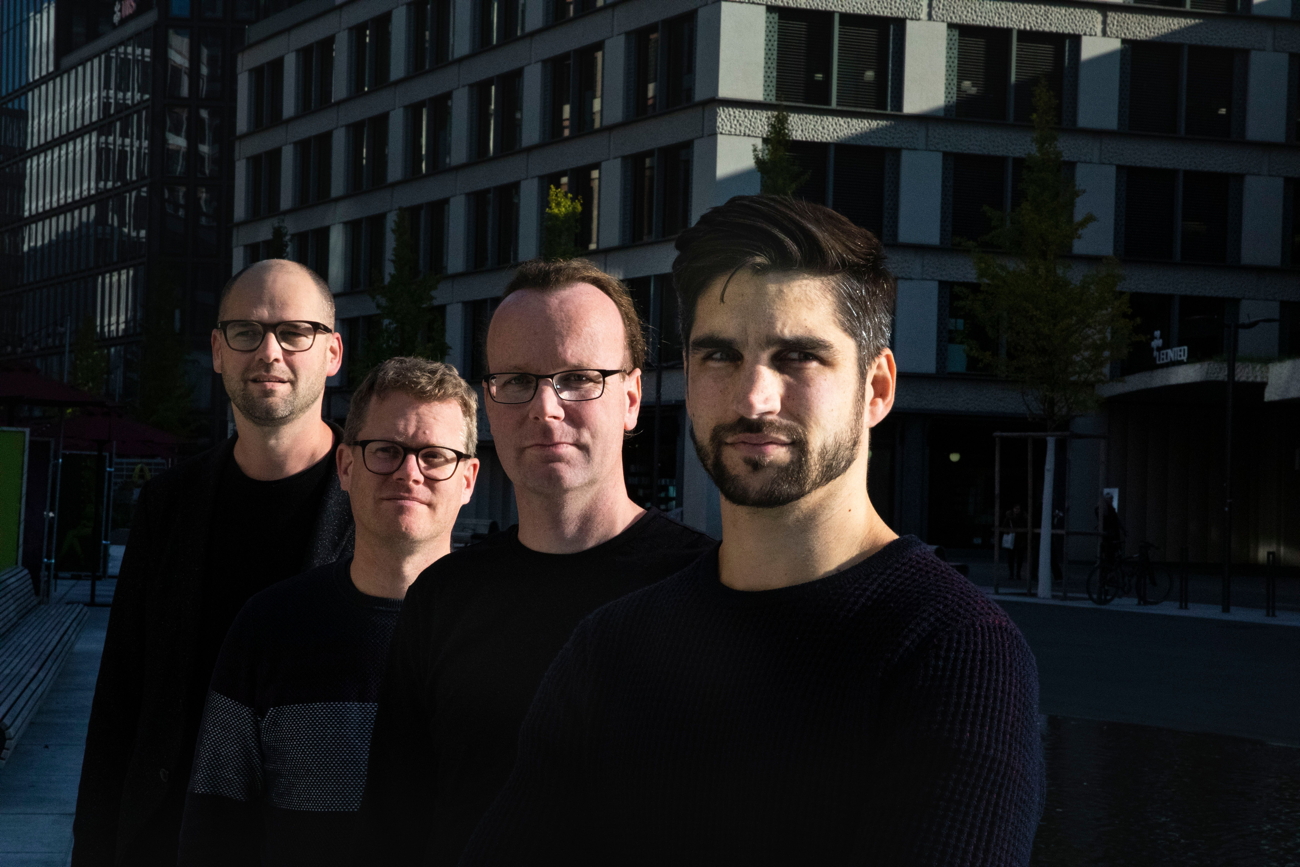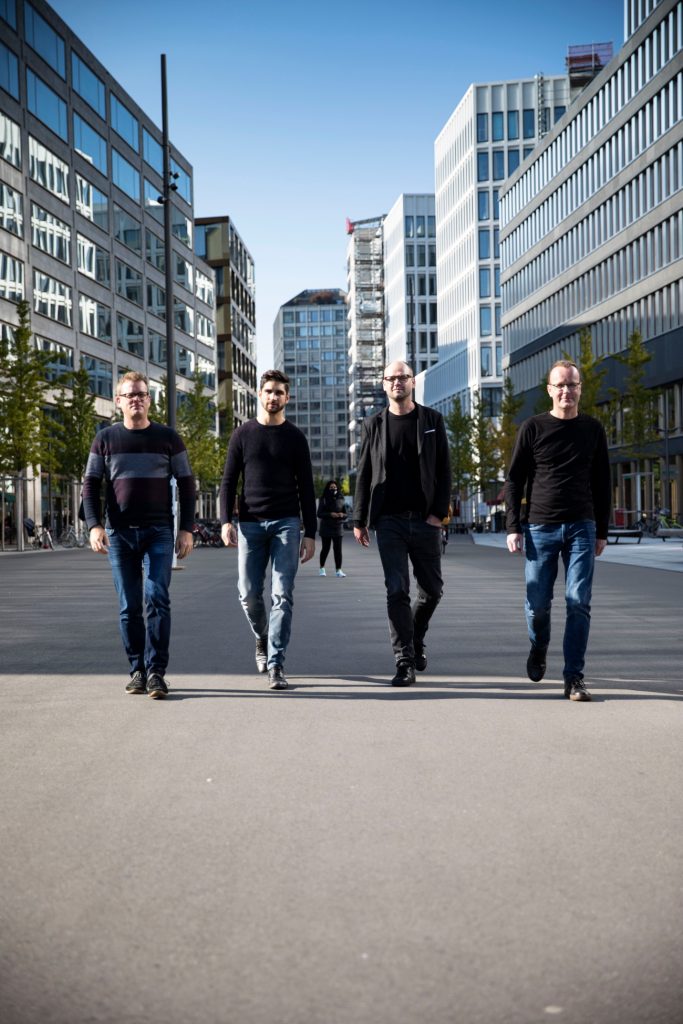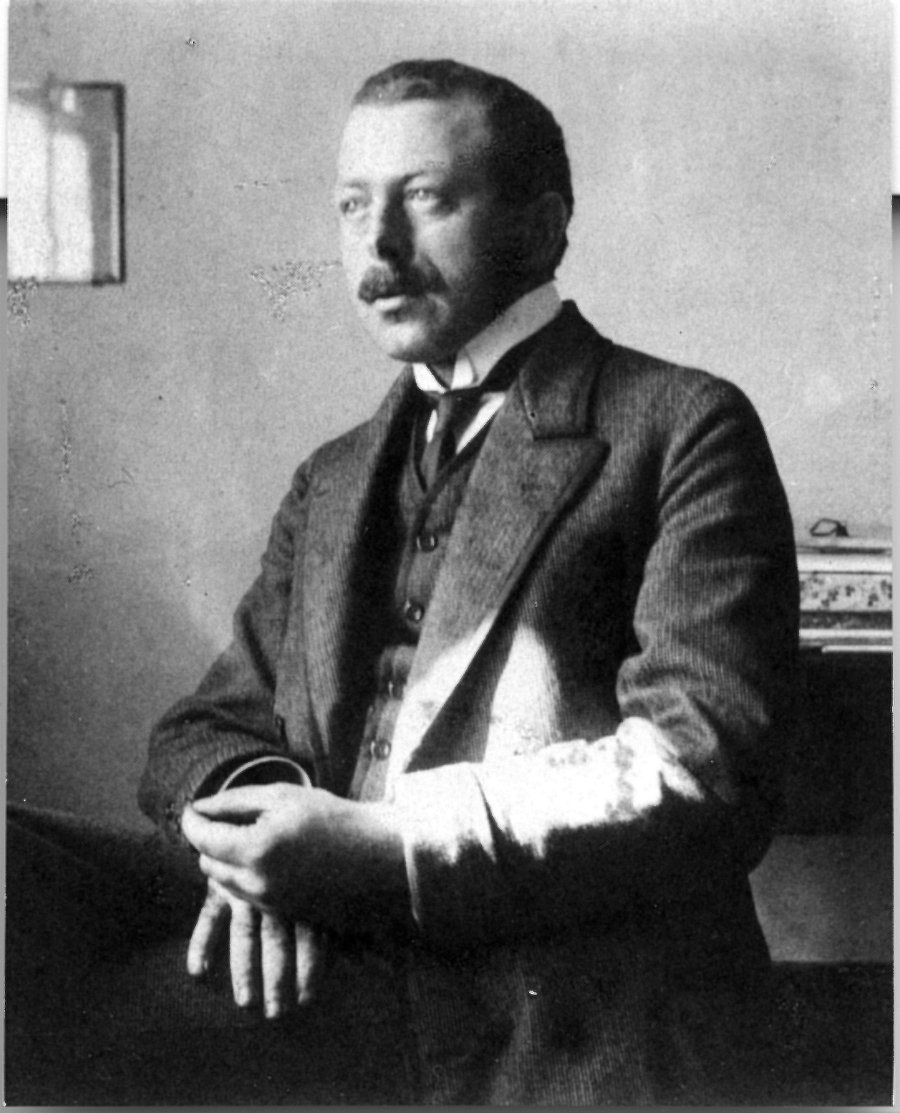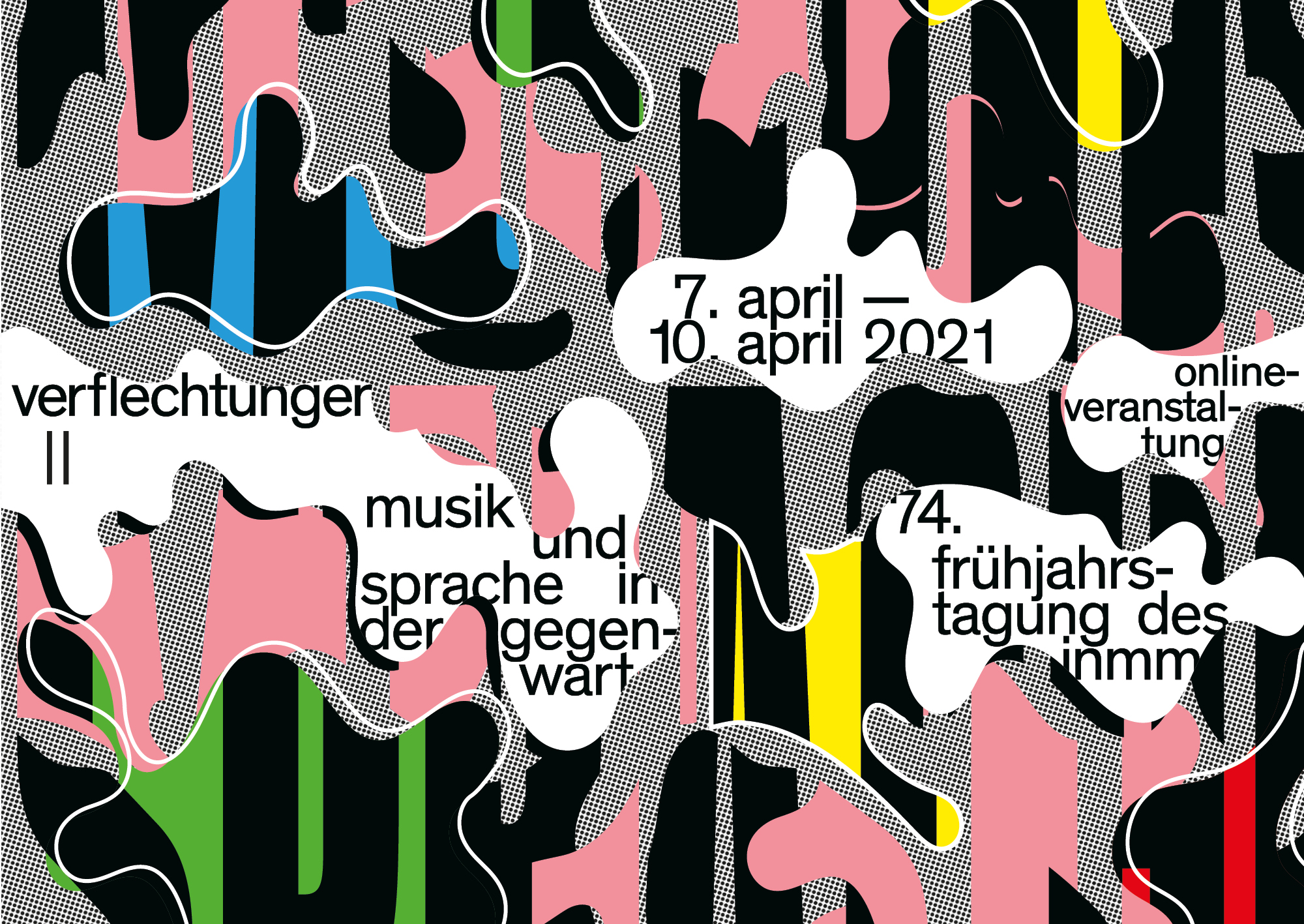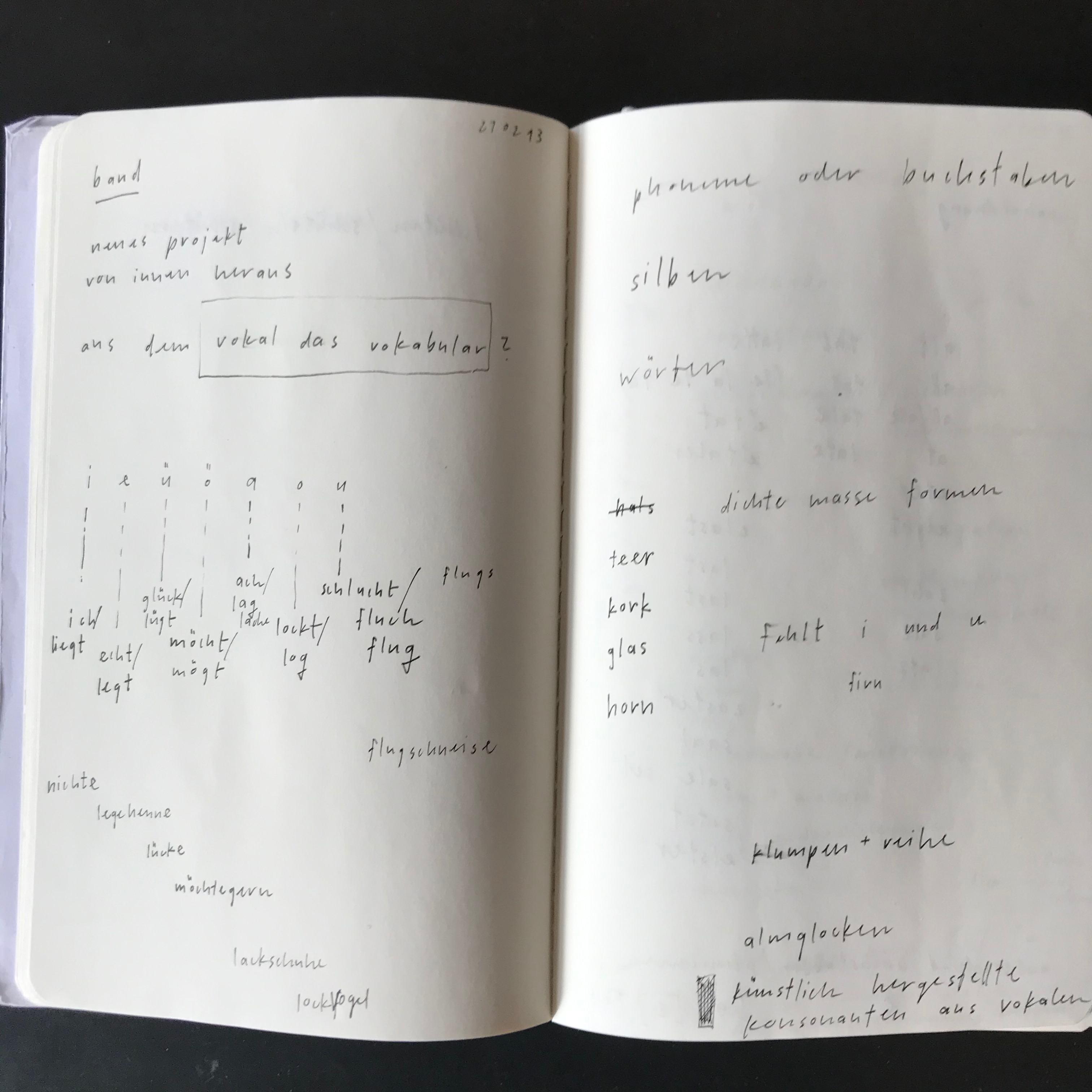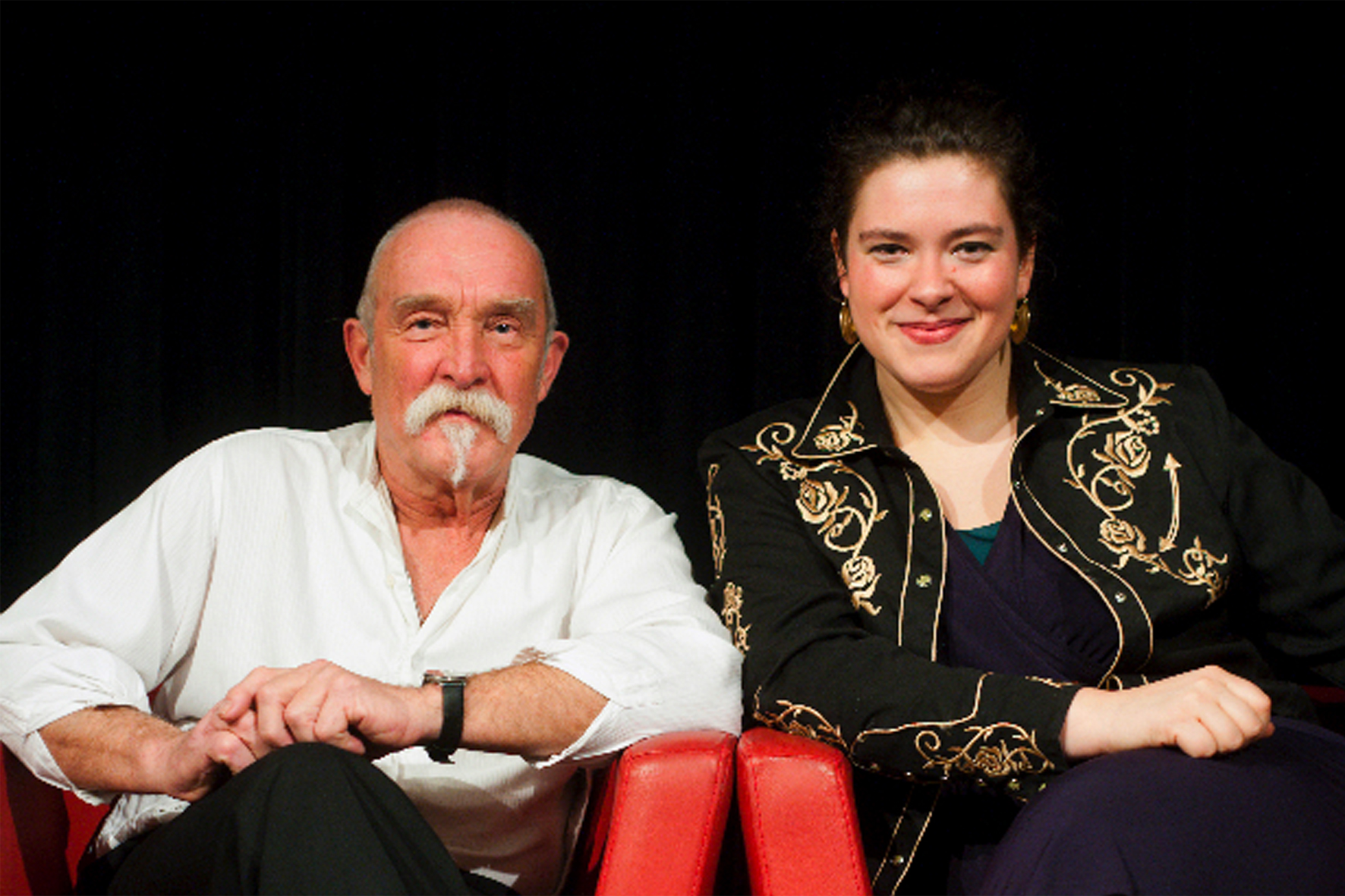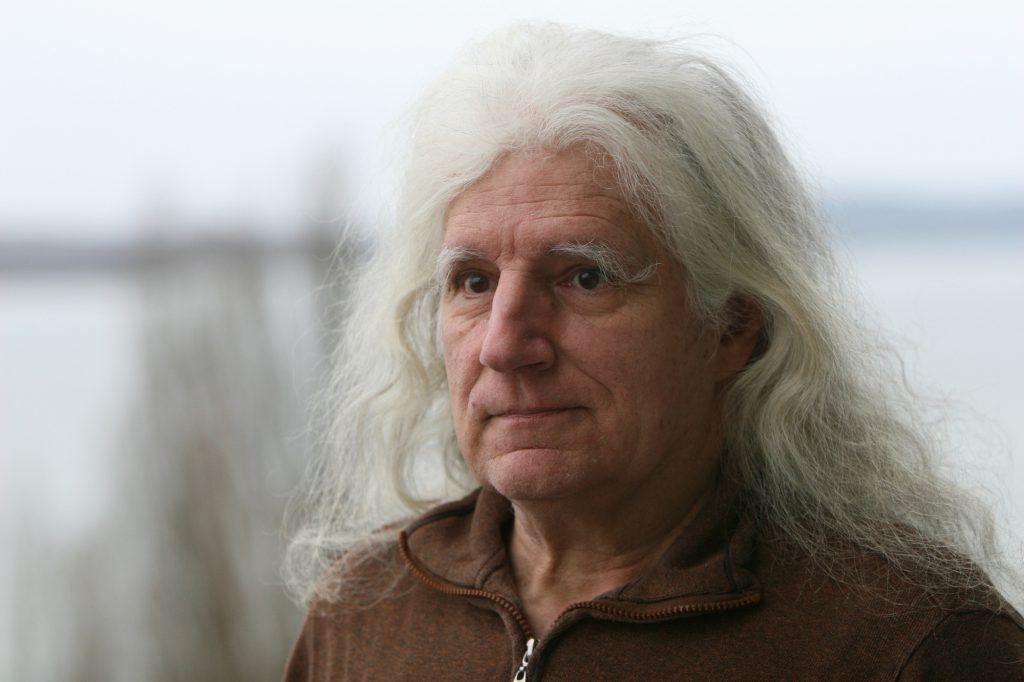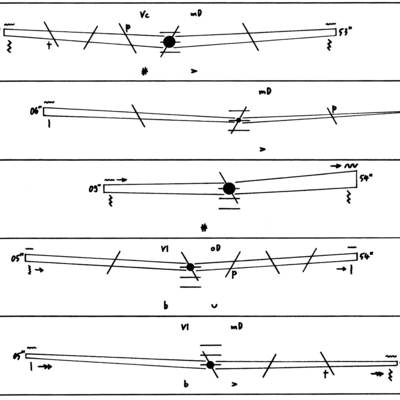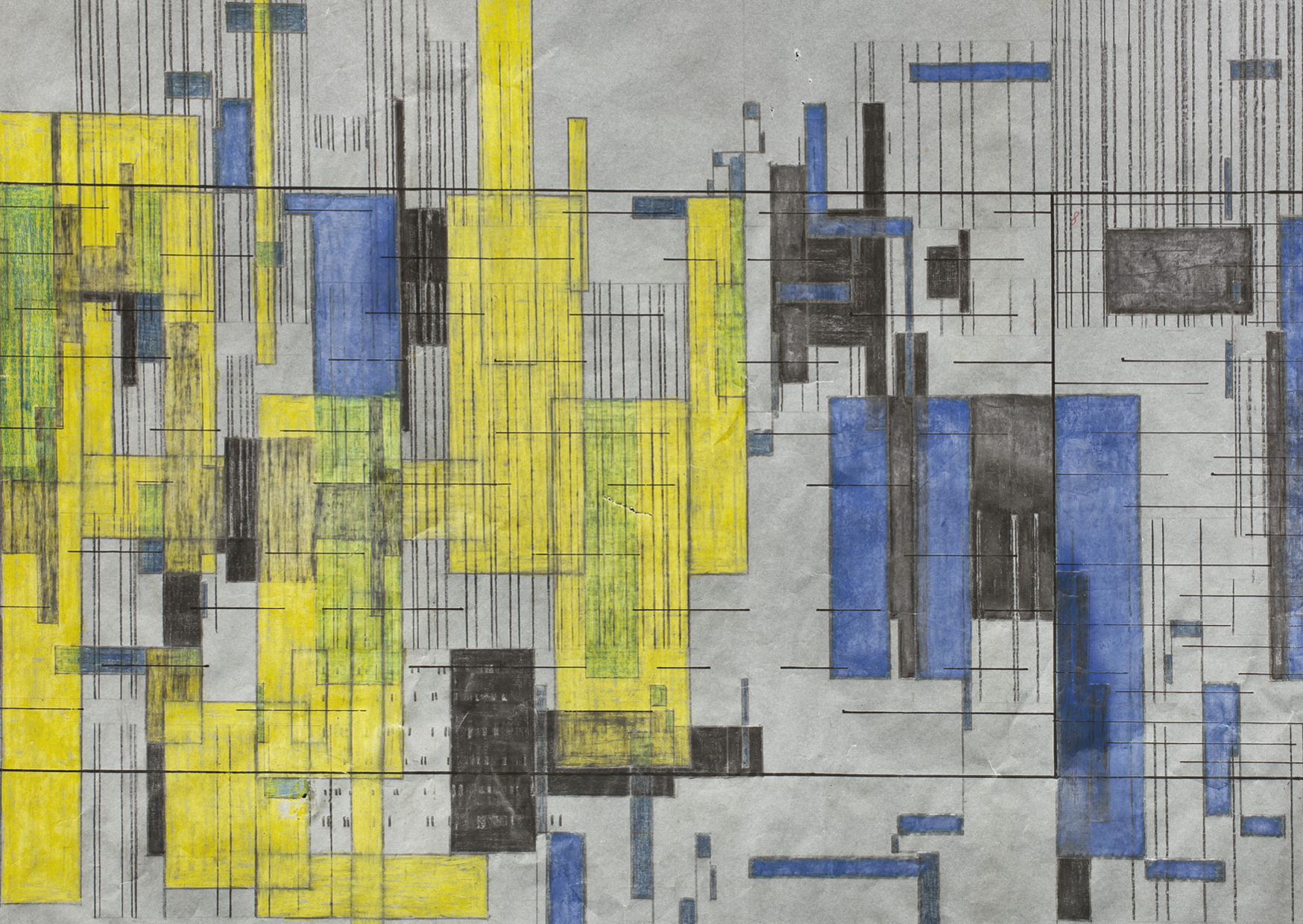Hermann Meier (1906-2002) war Dorfschullehrer in Zullwil im Schwarzbubenland und hatte fünf Kinder zu ernähren. Trotzdem fand er immer die Zeit, um an seinen ungewöhnlichen Kompositionen zu arbeiten – wenn auch erstmal nur für die Schublade, weil größere Erfolge und Aufführungen zu seinen Lebzeiten ausblieben. Die Musikwissenschaftlerin Dr. Michelle Ziegler hat seinen Nachlass erforscht. Ein Gespräch mit Friederike Kenneweg.
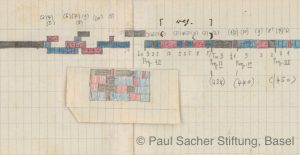
Friederike Kenneweg
“Angefangen hat es damit, dass ich 2011 erstmals Musik von Hermann Meier im Konzert gehört habe”, erinnert sich Michelle Ziegler, “und das hat mich gleich fasziniert.” Damals spielten Tamriko Kordzaia und Dominik Blum die Dreizehn Stücke für zwei Klaviere von Hermann Meier aus dem Jahr 1959. “Das sind dreizehn voneinander abgetrennte Abschnitte von sehr unterschiedlichem Charakter. Ich habe mich damals schon mit der Umsetzung von bildnerischen Vorstellungen in Musik beschäftigt, und das fand ich hier konsequent umgesetzt.”
In den Dreizehn Stücken für zwei Klaviere offenbart sich der Facettenreichtum von Hermann Meiers Musik, der laut und direkt, aber auch zart und manchmal humorvoll klingen kann. Tamriko Kordzaia, Dominik Blum, Konzert vom 19.Mai 2011, Museum für Gestaltung Zürich, Eigenproduktion SRG/SSR.
Als Michelle Ziegler hörte, der Nachlass dieses Komponisten läge noch weitgehend unerforscht in der Paul Sacher Stiftung und es gäbe dort allerhand graphische Pläne zu entdecken, hatte sie ihr Dissertationsprojekt gefunden. “Das war dann am Ende auch der Schwerpunkt meines Projekts: Meiers Klaviermusik und seine bildliche Notation.”

Aufzeichnungen in Schulheften
Um die Notizen von Hermann Meier lesen zu können, lernte Michelle Ziegler sogar eigens eine bestimmte Stenografie-Schrift. Denn in dieser Form hielt Meier, der als Primarschullehrer unbegrenzt Zugang zu Schulheften hatte, unentwegt seine Gedanken fest: zur Musik, zur zeitgenössischen Kunst und zum Fortgang seiner Arbeit. “Man kann ihn geradezu als graphoman bezeichnen”, sagt Michelle Ziegler. Mit der Vielzahl an Heften, Plänen und Noten, die heute in der Paul Sacher Stiftung ruhen, könne man sich noch ein ganzes Leben lang beschäftigen.
Quer zum Musikbetrieb seiner Zeit
Dass Hermann Meier trotz der stetigen Produktivität zu seinen Lebzeiten nur wenig Anerkennung erfuhr, hat mit seinem eigenwilligen kompositorischen Weg zu tun. Schon seit den 1930er Jahren beschäftigte er sich im Selbststudium mit der Zwölftonmusik und fand mit Wladimir Vogel nach dem Zweiten Weltkrieg auch zunächst einen wohlwollenden Lehrer. Doch er verabschiedete sich mehr und mehr davon, fand erst einen umso radikaleren Umgang mit dem seriellen Komponieren und ging schließlich, inspiriert von der Bildenden Kunst um Piet Mondrian und Hans Arp, zur Arbeit mit Klangflächen über. Seit 1955 arbeitete Meier mit graphischen Plänen, in denen er visuell die Struktur skizzierte, die er später in Notenschrift ausformulierte.
Mit seiner Art zu Komponieren stieß er damals auf Unverständnis. Obwohl er sich um Aufführungsmöglichkeiten bemühte, erhielt er nur Absagen. Er komponierte zwar unbeirrt weiter, aber für die Schublade.
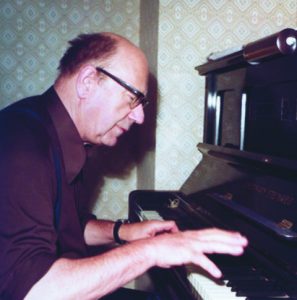
Klang als Leinwand
Eine zentrale Rolle im Werk Meiers, der selbst ein sehr guter Pianist war, spielen Tasteninstrumente. Das Klavierstück von Hermann Meier, das Michelle Ziegler besonders schätzt, ist das Stück für zwei Klaviere aus dem Jahr 1958 (Hermann-Meier-Verzeichnis HMV 44).
“Das ist für mich ein umwerfendes Stück. Ich kann es mir immer wieder anhören und höre immer wieder andere Dinge.”
Im Stück für zwei Klaviere HMV 44 aus dem Jahr 1958, hier gespielt von Tamriko Kordzaia und Dominik Blum, experimentiert Hermann Meier mit den drei Strukturelementen Punkte, Striche und Flächen. Diese werden gegeneinander gesetzt, überlagern sich, werden übereinander geschichtet.
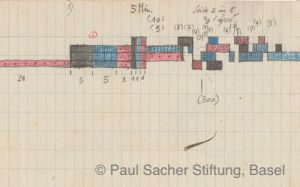
Späte Anerkennung: ‘Klangschichten’
Dass Meiers Bemühungen um Aufführung seiner Werke nicht fruchten wollten, liegt auch daran, dass sie für die damaligen Instrumentalist:innen zu schwierig waren. So nimmt es nicht wunder, dass Meier sich der elektronischen Musik zuwandte. Und tatsächlich gelang es ihm, 1976 und damit im Alter von siebzig Jahren, im Experimentalstudio des SWF sein erstes Werk für Tonband Klangschichten zu realisieren – mit dem er im Dezember des gleichen Jahres einen Preis gewann.
Im Alter ein neuer Stil
Ab 1984 Jahren war es der Pianist und Komponist Urs Peter Schneider, der sich für Hermann Meiers Musik interessierte und einige seiner Werke im Rahmen der Konzertreihe “Neue Horizonte Bern” zur Uraufführung brachte.
Mit der späten Möglichkeit, seine Instrumentalstücke aufgeführt zu erleben, entwickelte Hermann Meier einmal mehr einen neuen Stil. Diesen entdeckt Michelle Ziegler zum Beispiel im Klavierstück für Urs Peter Schneider aus dem Jahr 1987, hier gespielt von Gilles Grimaître. Konzert HKB Bern 2017, Eigenproduktion SRG/SSR.
“Das Rhythmische und das Element der Dauer werden dann sehr wichtig. Da war er schon über achtzig und hat sein Komponieren noch einmal ziemlich verändert, einfach weil ihn etwas anderes noch mehr fasziniert hat.”
Unterdessen hat das Werk Hermann Meiers doch noch einiges an Aufmerksamkeit erfahren. Im Jahr 2018 gelangte beispielsweise Meiers Stück für großes Orchester und Klavier vierhändig aus dem Jahr 1965 bei den Donaueschinger Musiktagen zur Uraufführung. Solche Konzerte freuen Michelle Ziegler besonders.
“Mir ist wichtig, dass die Musik von Hermann Meier nicht nur Papier bleibt, sondern dass sie unbedingt auch gehört werden soll.”
Friederike Kenneweg
Die Paul Sacher Stiftung hat den Nachlass von Hermann Meier geordnet, zu einem großen Teil restauriert und ein Werkverzeichnis angelegt.
Der Komponist und Fagottist Marc Kilchenmann hat die Noten als Faksimile-Ausgabe im aart Verlag zugänglich gemacht.
Der Pianist Dominik Blum hat sämtliche Werke für Klavier Solo von Hermann Meier ab 1948 vollständig eingespielt.
Michelle Ziegler veröffentlichte den Band Musikalische Geometrie. Die bildlichen Modelle und Arbeitsmittel im Klavierwerk Hermann Meiers im Verlag Peter Lang, Bern und gab gemeinsam mit Heidy Zimmermann und Roman Brotbek den Katalog zur Ausstellung Mondrian-Musik. Die graphischen Welten des Komponisten Hermann Meier im Chronos Verlag, Zürich heraus.
Webseite Hermann Meier, Paul Sacher Stiftung, Aart Verlag, Michelle Ziegler
Sendung SRF Kultur:
Kontext, 10.1.2018: Hermann Meier, ein lang verkannter Musikpionier, Autor Moritz Weber
neo-profile:
Hermann Meier, Urs Peter Schneider, Gilles Grimaître, Tamriko Kordzaia, Dominik Blum, Marc Kilchenmann


